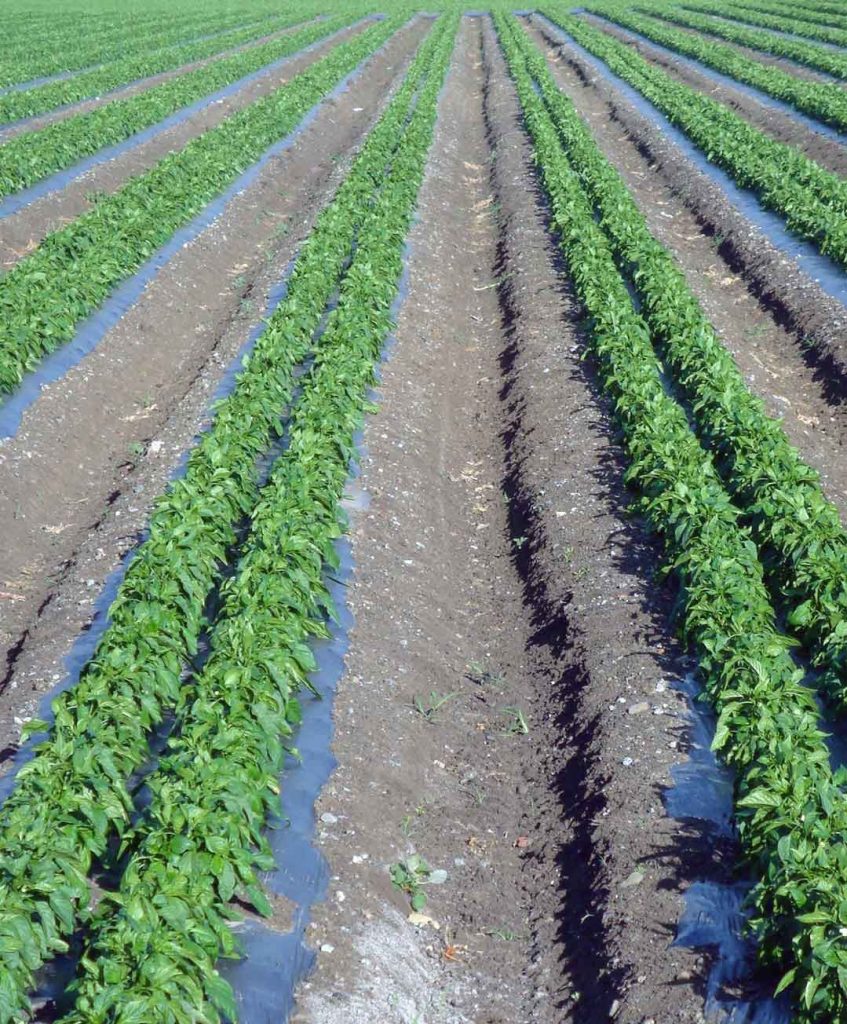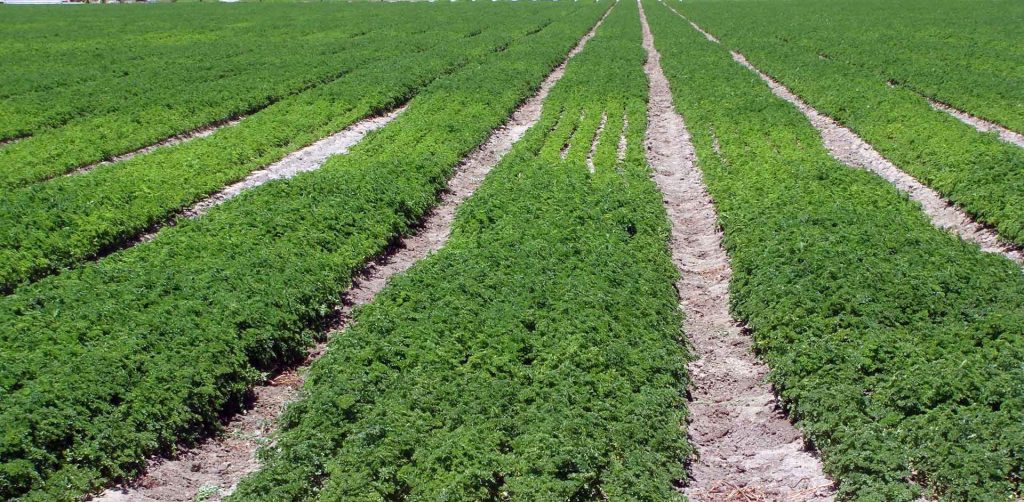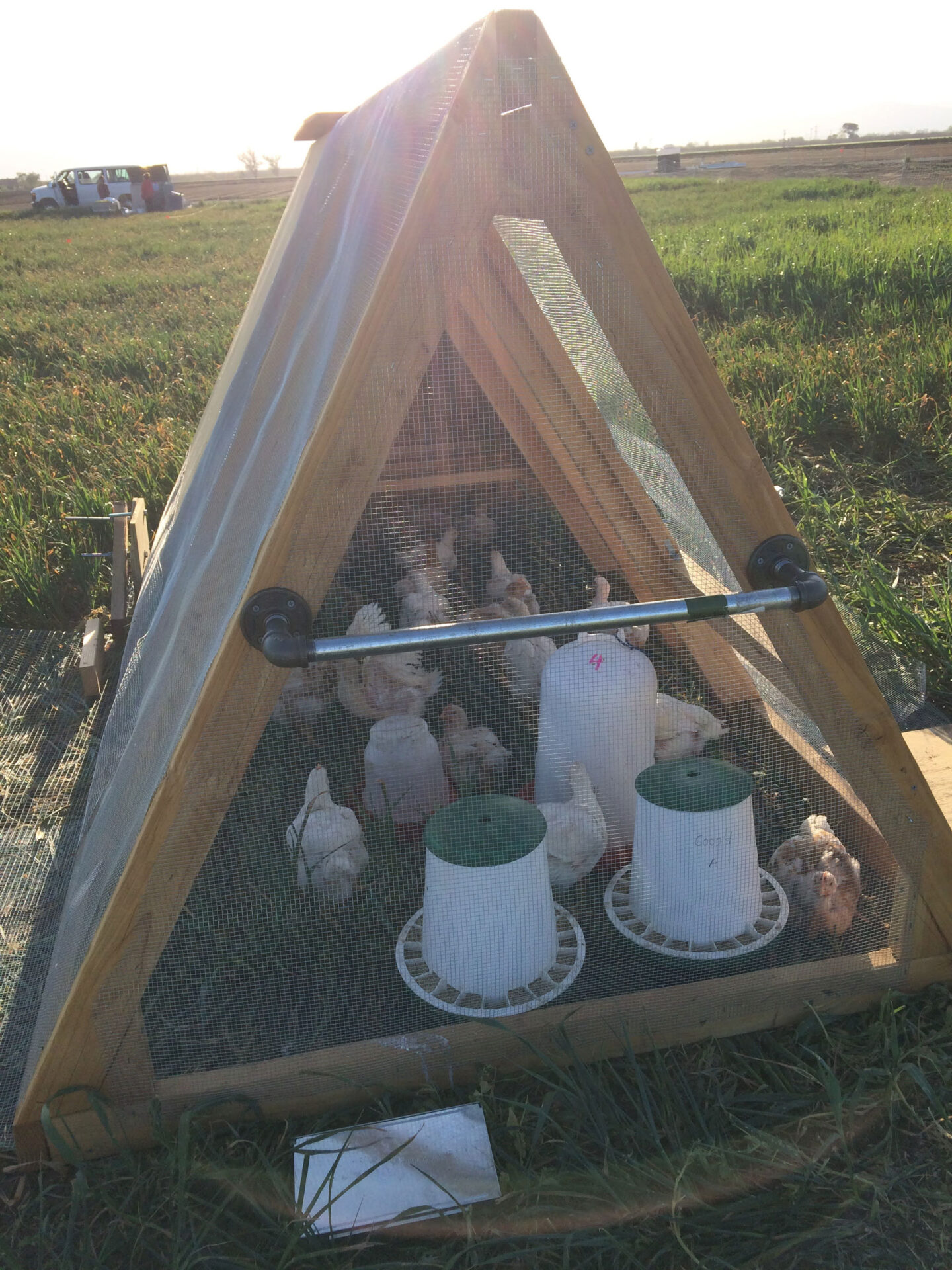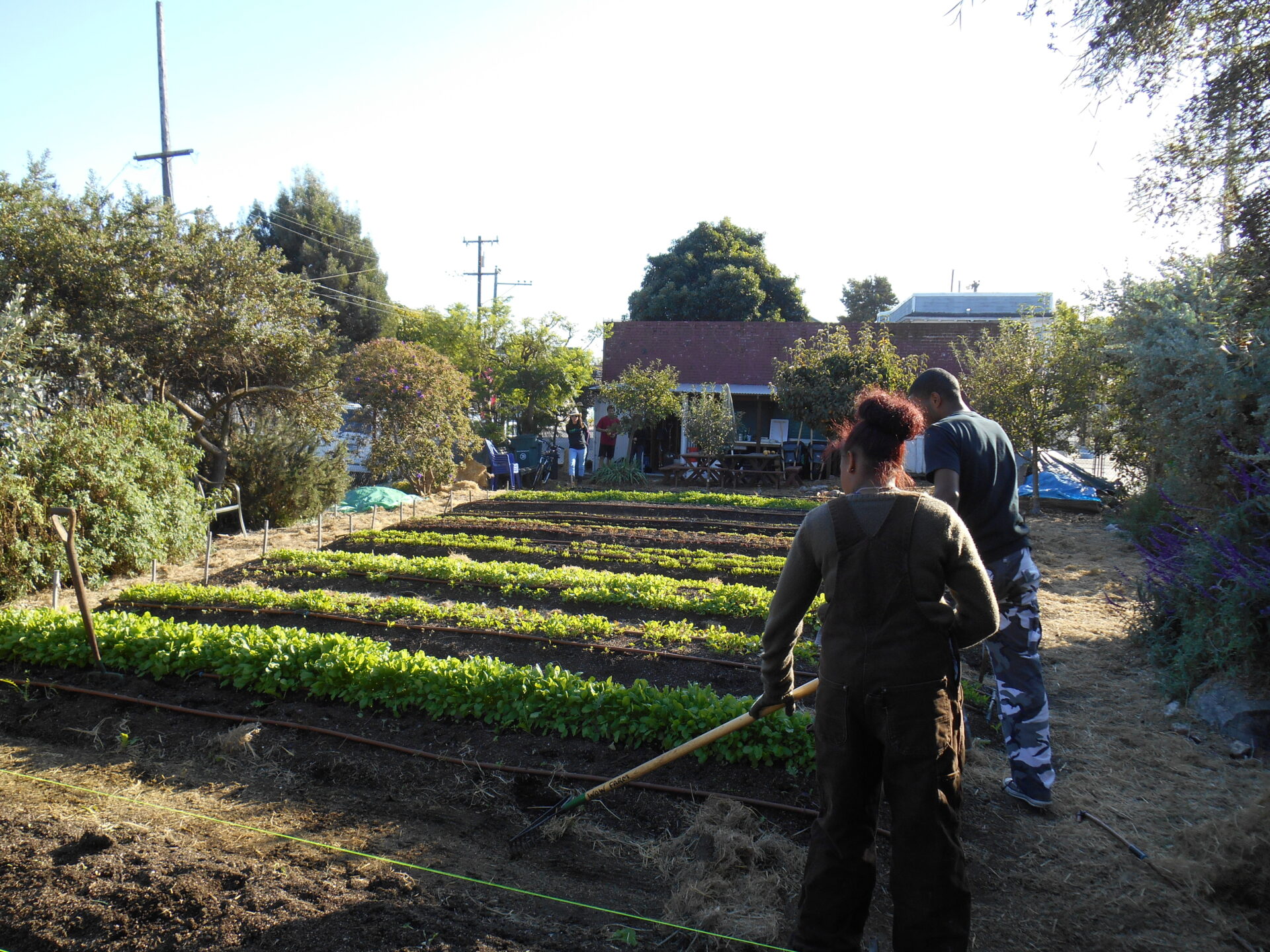
Purpose of Soil Tests
Is it actually possible phat a soil analysis can be accurate enough to provide specific answers to soil fertility needs?
What is the purpose of a soil test? Some feel a soil test should only be considered in order to point the farmer or his agronomist in a general direction. Others use it as a crutch to justify applying fertilizer to grow a certain yield whether it is really needed or not. Still others use a soil analysis to assess the nutrient content and requirements for feeding the soil in order to provide the needs of the living organisms present there and the crop that will be grown. Organic growers should advocate and practice the third point in this set of principles.
But is it actually possible that a soil analysis can be accurate enough to provide specific answers to soil fertility needs? Many claim it is not. And what makes this even harder to determine is the fact that there are numerous ways to test and report nutrient values on a soil test. What evidence is there that real numbers can have real meaning when using a properly conducted soil analysis?
One very common assumption causes great errors in the conclusions some draw when considering the accuracy and value of soil tests. That assumption is that the numbers provided on soil tests from different soil laboratories all mean the same thing. First some laboratories choose to express all or parts of their measured nutrient levels as ppm (parts per million), while others use pounds per acre. Outside the United States it is common for labs to use kilograms per hectare (kg/ha) and milligrams per kilogram (mg/kg, which is actually the same as parts per million), instead of pounds and ppm. That is the easy part to grasp and understand in terms of soil test differences.

Understanding Soil Tests
What seems so much harder for many to comprehend is that the number on one soil test does not necessarily mean the same thing as that same number on another soil test. Those who believe they always do are all too often making some very serious mistakes.
For example, farmers and growers who request soil tests from our company are advised that calcium should occupy 60-70 percent of the soil’s cation exchange capacity. There are other labs who use the same guidelines, but still others who advise 65-75 percent for calcium (Ca) saturation on their soil analysis. The target we shoot for on medium to heavy soils is ideally 68 percent. But that same soil sent to three other labs will not measure 68 percent. One will report it as 64 percent. Another reports it as 74 percent. And still another shows 80 percent. Yet all four labs are considered as within the tolerance range for measuring and reporting calcium levels on that soil.
The lesson here is to learn and follow directions from the laboratory you are using based on their numbers, not a test from some other lab whose numbers could vary considerably and thus lead to wrong conclusions. Sometimes only Ca, Mg (magnesium) and K (potassium) are given as 100 percent of the total soil nutrient saturation from a soil testing lab, while on tests received from some other labs, sodium and other bases also contribute to that 100 percent total. Consequently, a farmer could have a field day and tell everyone he had to reach 80 percent calcium in his fields before attaining his top yields. If the intent is then to take a soil to 80 percent as that farmer found to be beneficial, be sure to send it to the same lab for analysis before deciding to spend what it takes to achieve that percentage. If a soil test from a different lab shows 68 percent calcium saturation when the lab that farmer uses shows it as 80 percent, then it can be a costly mistake to buy and apply the calcium required to reach 80 percent on the test that is showing 68 percent.
Potassium
Potassium is another example of how number differences on test reports can be misleading. To be most effective for growing crops on the test we use, potassium should be a minimum of 2 percent and a maximum of 7.5 percent to avoid problems caused by having too little or too much. For example, from the test we use, farmers are advised not to drive potassium above 7.5 percent because that will tie up boron availability and above this level also increases weed pressure in the field. Farmers and growers can see this happening to their crops and in their fields. Yet when the same soil is tested by another very reputable soil laboratory, they report that soil as having 8.5 percent potassium. For those who think 7.5 percent on one test means the same on tests from other labs, this now becomes a bone of contention, bringing claims that soil test numbers are just not reliable. If farmers using the test that recognizes the same results at 8.5 percent as the other test at 7.5 percent, then the numbers on the tests are certainly reliable, it is just the ability of the user to interpret those results that must be learned.
But such differences as described in the paragraph above can cause complications when striving to educate farmers and growers about the value of using soil tests. Another problem with high potassium is that when combined with the sodium percentage, and both added together total 10 percent or higher, this will cause manganese uptake to be blocked from the plant, even on soils that show to have excellent manganese levels. But this is not true on the soils that show potassium as 8.5 percent, because then the soils have to be at least 11.00 percent before that happens, and that is assuming that sodium would be reported at the same level on both tests which likely will not be true either. If the farmer wants to use a different test, he will have to work to find the right percentages or find someone he can trust to do it for him.

Magnesium
Magnesium seems perhaps the best example of all to use for testing the accuracy of a soil test and to demonstrate how exact a soil test can be when used to determine a soil’s true fertility. A seldom recognized, rarely acknowledged and extremely costly condition in agriculture is how excessive magnesium in the soil results in a magnesium deficiency in food and feed crops—even those that are organically grown. This is well demonstrated based on the soil testing methods used by Dr. William Albrecht all the way back in the early to middle parts of the last century.
In addition, Dr. Albrecht taught that soils should contain at least 10 percent magnesium to assure that plants could take up an adequate amount from the soil. He maintained that any soil with less than 10 percent magnesium would only grow magnesium deficient plants. This holds true on any soil tests that matches the ability of the test he used to determine magnesium content in the soil. But again, there are soil labs whose methods for determining magnesium are different and when compared to the test Dr. Albrecht used, these soil tests show 8 percent magnesium when the one he used showed 10 percent. So again, due to differences in measurements, there are those who still maintain that magnesium testing is not that useful.
But there is a way to show just how exact that 10 percent figure actually is, when determined the same way Dr. Albrecht did it and then applied to needed magnesium levels for carrot production. This has been shown time after time, and year after year, since the time he taught how to measure and interpret the content of magnesium in the soil. In carrots grown from the East Coast to the West Coast and all in between, in both the US and Canada, this can be counted on to happen for those growing carrots. On any part of the field where magnesium availability drops below 10 percent, the tops on carrots will die pre-maturely in the field if the test being used reflects exactly what the test Dr. Albrecht used does. If a test gives another answer, then when sampled and analyzed based on the same procedures used by Dr. Albrecht, the soil has less than 10 percent magnesium.
Accuracy of Soil Tests
Some still claim a soil test is only to point the farmer in the right direction, but cannot be used for specific measurements. If so, they are using the wrong soil test or else have not been properly taught about how to understand and interpret one that actually works.
Just remember one thing, the advice from a soil test is only as accurate as the sample that is taken and sent for analysis. So long as the soil sample is taken in a way to accurately represent the soil in each field, the soil test will provide the proper information needed to show what needs to be done. When properly taken and interpreted, the soil test is just like a reliable road map. An accurate soil test shows the path needed to reach the point in terms of soil fertility where the farmer or grower needs to be.
You can only properly manage the things you can properly measure. Be sure the soil tests you use are telling you what you need to know to achieve both excellent yields and excellent quality.
Neal Kinsey is owner and President of Kinsey Agricultural Services, a consulting firm that specializes in restoring and maintaining balanced soil fertility for attaining excellent yields while growing highly nutritious food and feed crops on the land. Please call 573-683-3880 or see www.kinseyag.com for more information.





